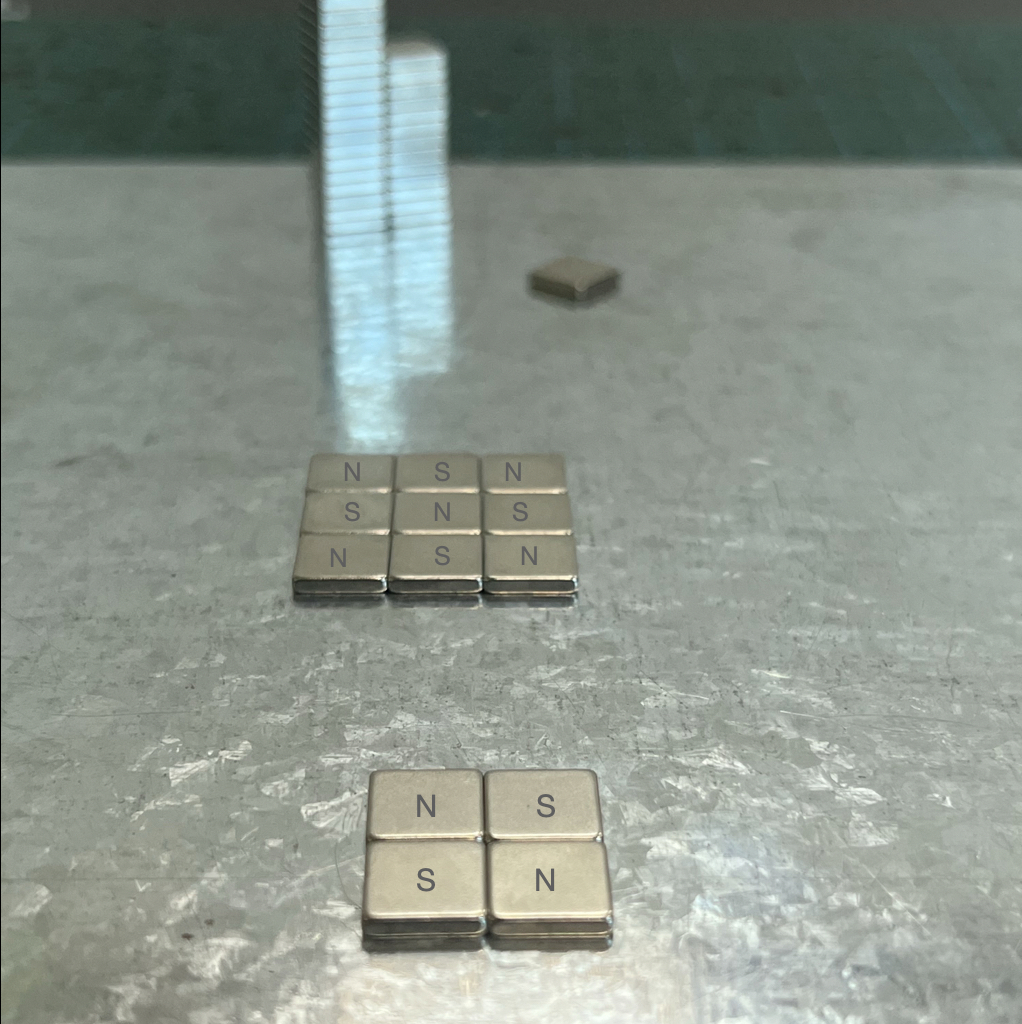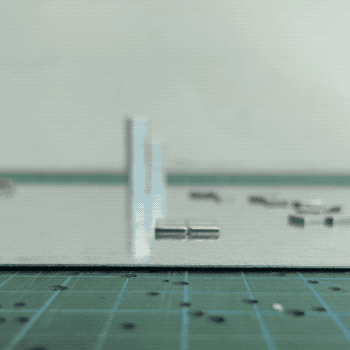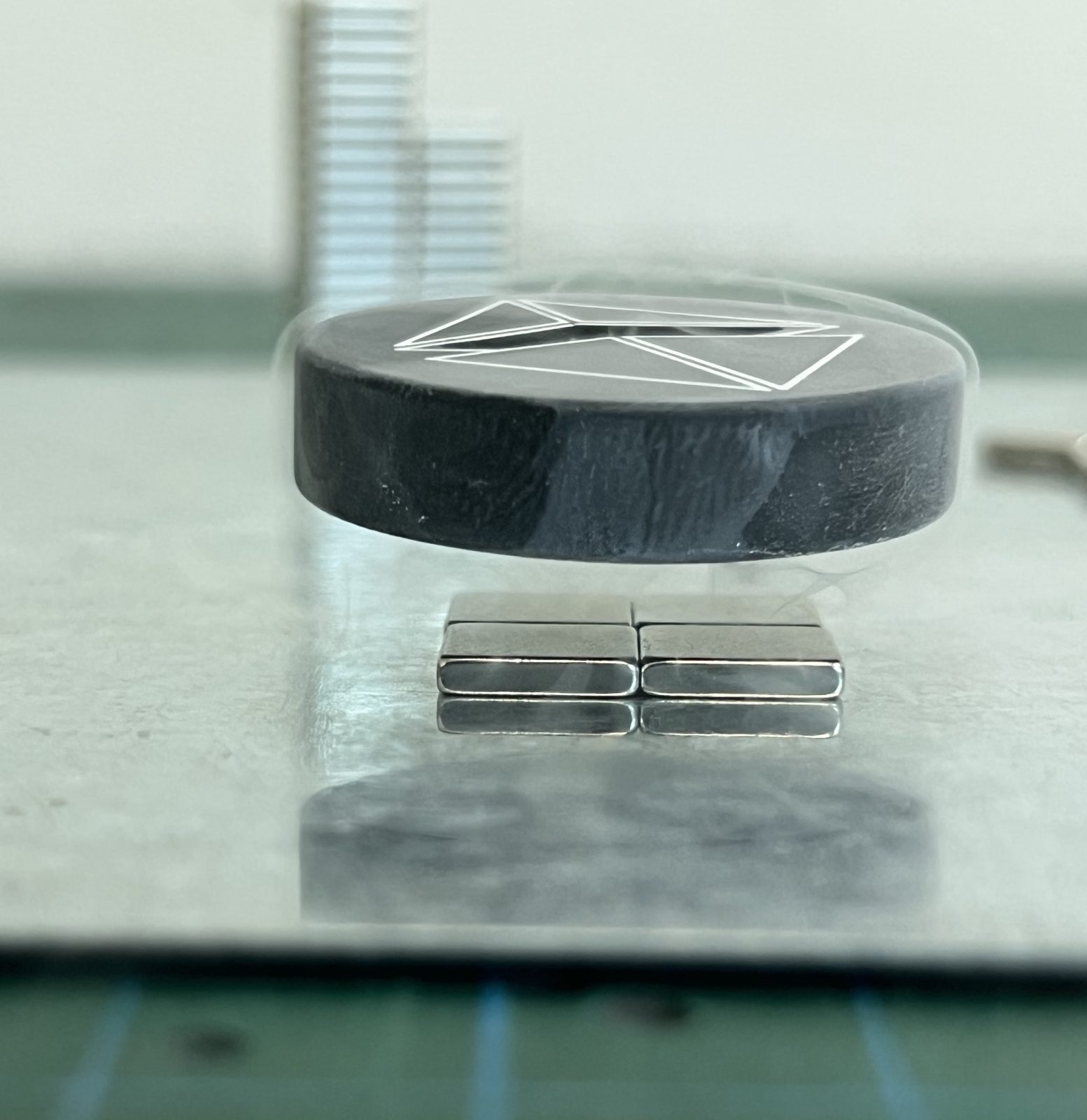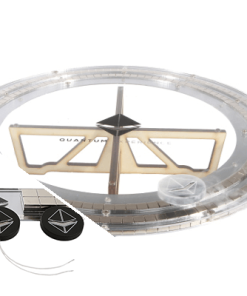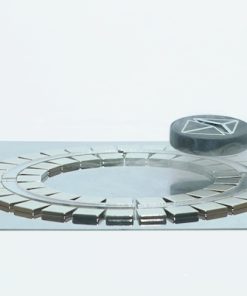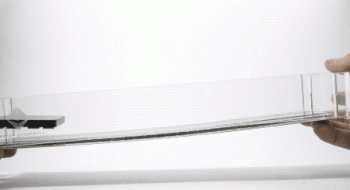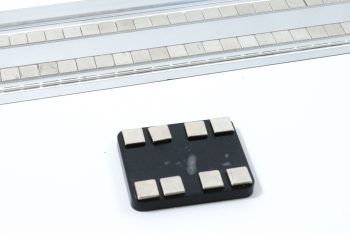We can easily build a true hoverboard with superconductors.
Superconductors
Superconductors are a perfect example for a Quantum Physics that is macroscopic, large and accessible to play with.
Superconductivity is created by having discrete energy levels AND by having a large energy gap between the lowest energy state and higher available states. You can read more about this here.
Besides being perfect electrical conductors, superconductors exhibit the strangest magnetic properties:
Meissner effect – diamagnetic expulsion of external magnetic fields. The superconductor expels magnetic fields by becoming an opposite magnet.
Flux pinning or Quantum Locking – the ability to lock magnetic fields. The locking traps the superconductor in mid air, allowing it to levitate and suspend in a surrounding magnetic field.
The combination of both allows us to create frictionless, levitating motion and a true hoverboard experience.
Hoverboard science project
Components:
- (DIY maglev kit) Quantum Levitator
- (DIY maglev kit) Magnets, 10x10x2 mm
- (DIY maglev kit) Track spacers
- (DIY maglev kit) Plastic tongs
- Steel sheet
Activity:
Quantum Locking
Place magnets in 2×2, 3×3 and 4×4 matrix on the still sheet. Position the magnets so that they attract each other side-by-side. In this orientation two adjacent magnets point to different direction.
Hoverboard, frictionless motion
Build a straight track by placing the magnets on the steel sheet such that adjacent magnets, side-by-side, attract each other (opposite orientations) and magnets along the track repel each other.
Try to push magnets along the track as close to each other as possible.
Cool the levitator and place it on the track.
Observe – The Superconductor is locked on the track AND can move freely along the straight line.
Repeat this track shape with a spacer between the two rows. The magnets across the spacer should attract each other which will help keeping the spacer in place.
Cool the levitator and place it on the track. Explore the frictionless motion.
Observe and think:
- Can you tell the difference in the levitation between the two options?
- Draw the field lines on both cases and explain the different behaviors due to the magnetic field.
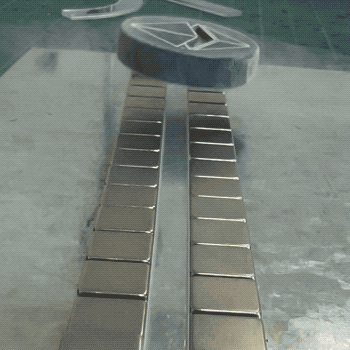
Enjoy !
-
Mini Maglev Kit$1,399.00 – $2,099.00
-
Economy superconductivity Levitation Kit$109.00 – $309.00
-
DIY Maglev Kit$499.00 – $749.00

